Electrical, electronic and information technology products are one of seven groups of Vietnamese export products affected by the European Green Deal.
Impact on costs of Vietnamese businesses
According to Ms. Nguyen Minh Thao - Head of the Department of Business Environment and Competitiveness - Central Institute for Economic Management ( Ministry of Planning and Investment ): 7 groups of Vietnamese export products are forecast to be affected by the European Green Deal (EGD), including: Electrical, electronic, information technology products, machinery, equipment, related components; agricultural products (especially coffee, cashew nuts, pepper, cocoa, meat...), seafood, wood and wood products; food of all kinds, especially organic food; textiles, footwear; chemicals, fertilizers, batteries, accumulators; iron, steel, aluminum, cement; packaging of all kinds of products, especially food and chemical packaging.
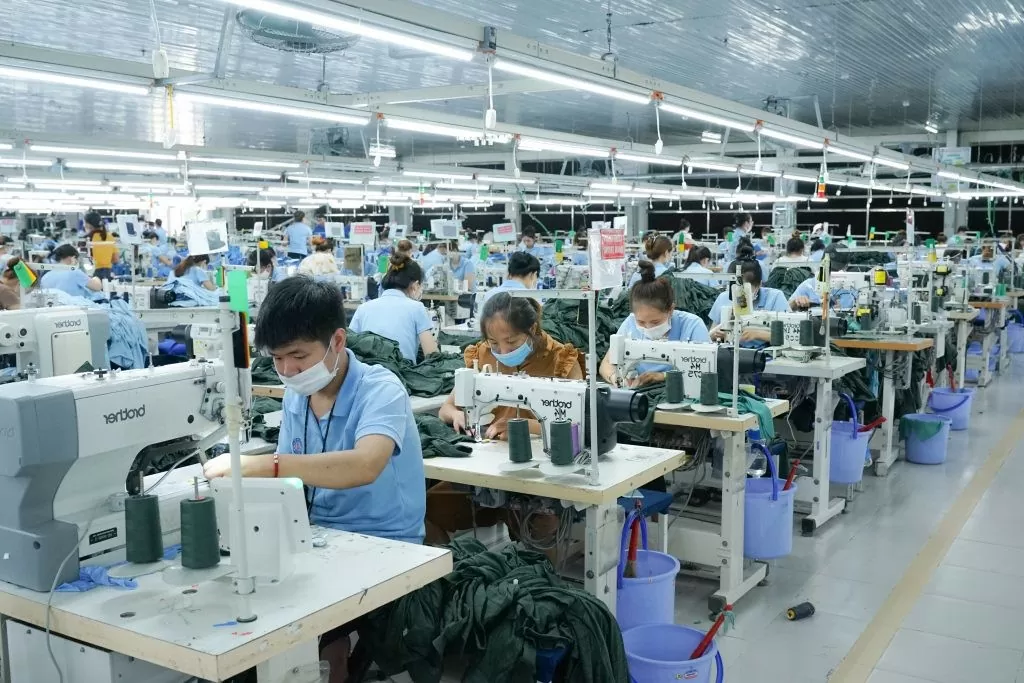 |
| Textiles, garments and footwear are among the export products of Vietnam affected by the European Green Deal. Photo: ST |
The European Green Deal is the European Union's (EU) comprehensive and long-term program to respond to the global climate emergency until 2050, adopted on January 15, 2020. Accordingly, from January 2020 to October 2023, the EU has introduced 58 green actions and policies, or plans that directly affect foreign goods exported to the EU.
According to Ms. Nguyen Minh Thao, a number of policies in the European Green Deal impact Vietnam's export activities to the EU, including: Carbon Border Adjustment Mechanism (CBAM); farm-to-table strategy; circular economy action plan and Biodiversity Strategy to 2030.
CBAM is a mechanism introduced by the EU to control the amount of greenhouse gases emitted from goods imported into the EU. CBAM sets a limit on the amount of carbon that products must comply with to be allowed to be imported into the EU, creating pressure on businesses outside the EU region to reduce imports and exports during the production process or pay a carbon tax on their products.
In particular, according to Ms. Nguyen Minh Thao, all businesses importing products and businesses manufacturing imported products outside the EU are affected by CBAM, especially companies in the construction and machinery sectors, automobile manufacturers, railways and equipment as well as chemicals and agriculture .
CBAM will also be implemented in phases, initially only for energy-intensive products with a high risk of carbon leakage such as: Fertilizers, cement, electricity, hydrogen, iron, steel, aluminum and primary goods produced from these materials. In addition to direct emissions, the calculation of the related emissions of products within the scope of CBAM must also include “indirect emissions”. In addition, CBAM will be extended to all sectors within the scope of EU emissions trading by 2030. The amount of free CO2 credits granted will gradually decrease by the end of 2034, instead businesses will have to pay to buy them if their products emit more.
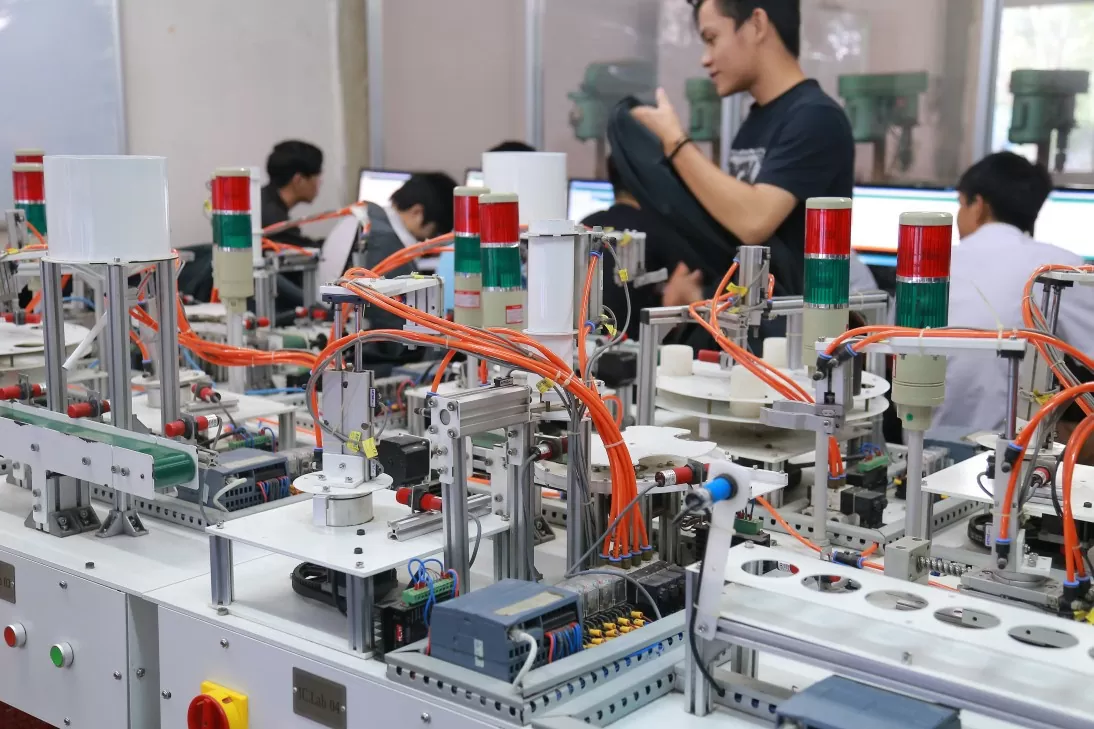 |
| Electrical, electronic, information technology products, machinery, equipment and related components are the product groups affected by the European Green Deal. Photo: ST |
New opportunities from challenges
According to Ms. Nguyen Minh Thao, the EU is the first continent to implement the European Green Deal, committing to carbon neutrality by 2050. Along with the EU, a number of other countries have also begun to follow this experience. For example, Korea, China, the United States... accordingly, green production is a mandatory choice, a market order that businesses must implement.
Vietnam is the 11th largest export partner of goods to the EU, so many Vietnamese goods exported to the EU will be affected by the EU's green policy. In particular, the EU's short-term application of CBAM will affect 4 export products of Vietnam, including: Steel, aluminum, cement, and fertilizer. In the period 2017-2021, the total export turnover of steel from Vietnam to the EU market is about 1.1 billion USD/year, aluminum 48 million USD/year. In 2022, the EU's import turnover of iron and steel from Vietnam will reach 2.1 billion USD, of which aluminum will reach about 65.18 million USD.
Agricultural products, food, and textiles are groups of Vietnamese products with high export potential and value in the EU market, and are also areas that focus on many EU green policies. EU green policies for these product groups are considered complex and challenging for three reasons: First , they cover all agricultural, food, and textile products (not just specific types in these groups); Second , they are legalized in the form of minimum legal requirements, mandatory to implement (not recommendations to encourage implementation); Third , they include standards, measures, and regulations that affect many stages in the production chain (from design to raw materials, from production, farming to transportation, from use to repair, from disposal to recycling...) and not only applied to final products.
Despite the challenges, according to economic experts, the European Green Deal also creates opportunities for Vietnamese goods and businesses. Specifically, to meet European standards, businesses are required to use clean technology, which will open up opportunities to expand the market for Vietnamese goods and businesses. Increasing opportunities to apply technology to production for Vietnamese businesses, thereby increasing the competitiveness of Vietnamese businesses and goods in the international market.
Source: https://congthuong.vn/diem-danh-nhung-nhom-san-pham-xuat-khau-chiu-tac-dong-cua-thoa-thuan-chau-au-364761.html





![[Photo] General Secretary To Lam and National Assembly Chairman Tran Thanh Man attend the 80th Anniversary of the Traditional Day of the Vietnamese Inspection Sector](https://vphoto.vietnam.vn/thumb/1200x675/vietnam/resource/IMAGE/2025/11/17/1763356362984_a2-bnd-7940-3561-jpg.webp)






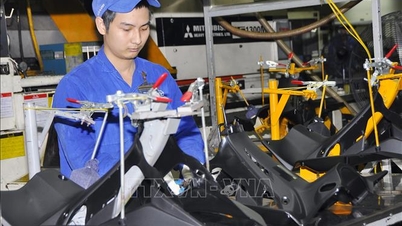





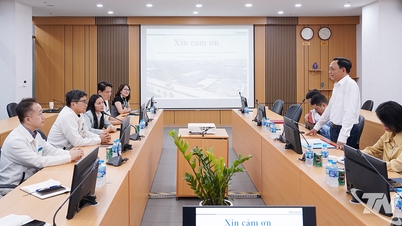



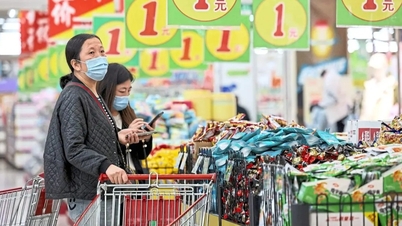
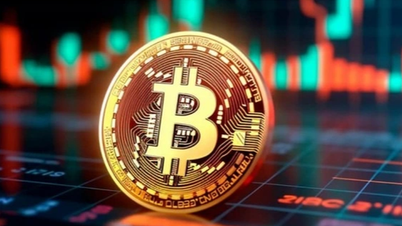



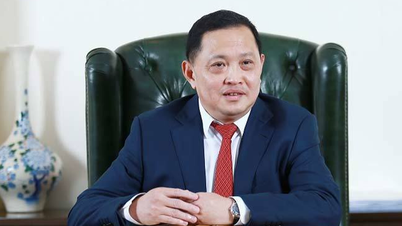







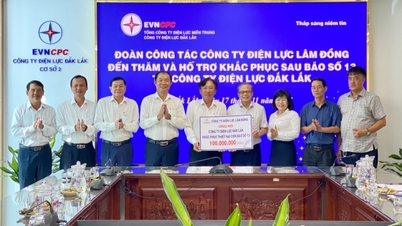
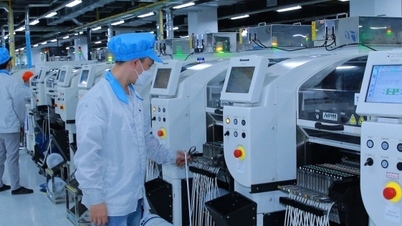
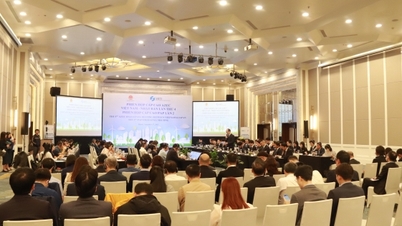
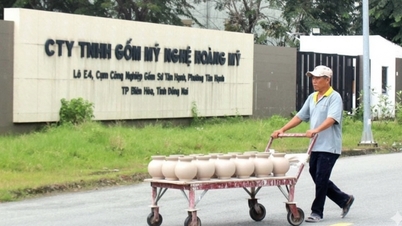

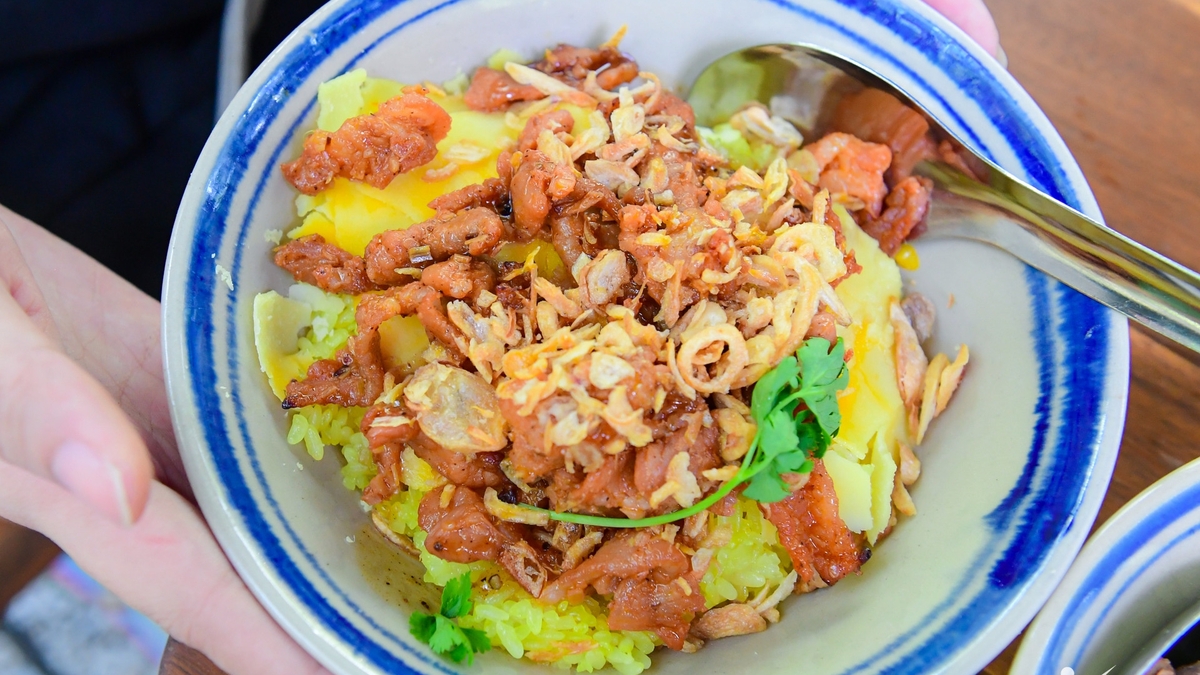
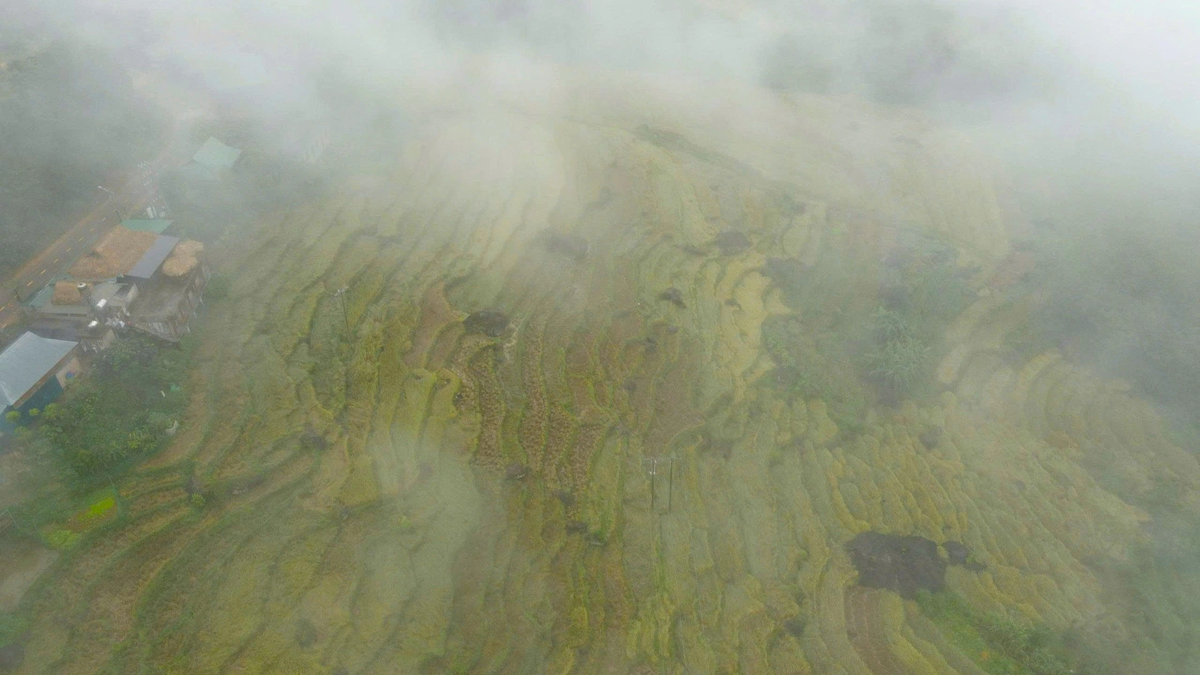











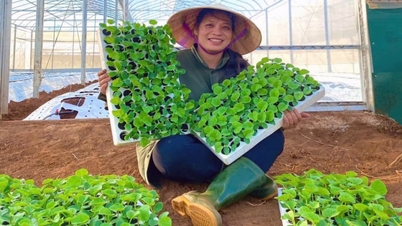

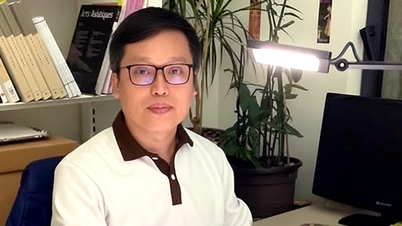


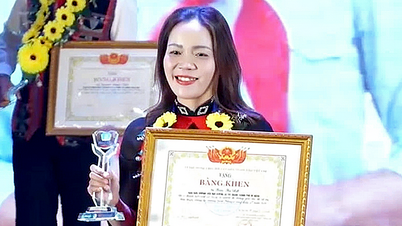





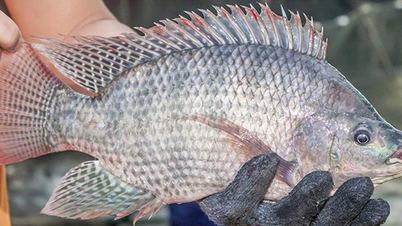












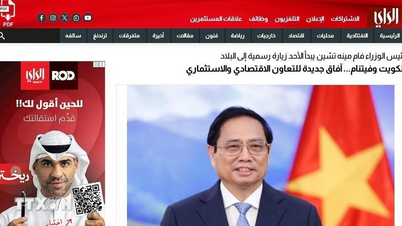



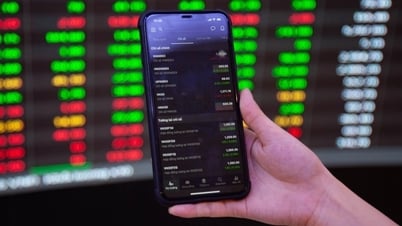

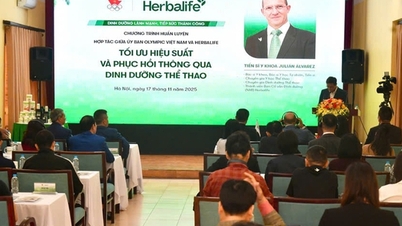

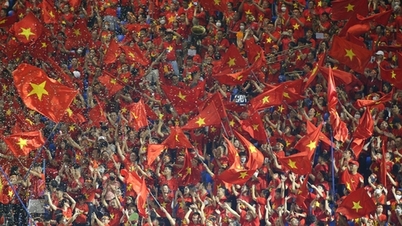




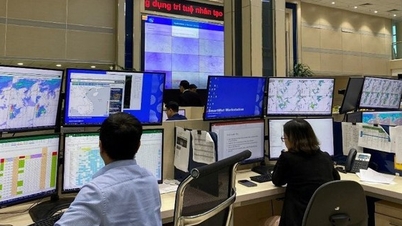



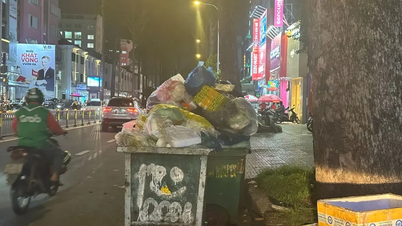

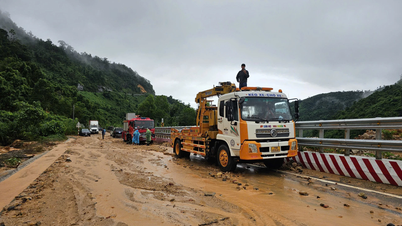



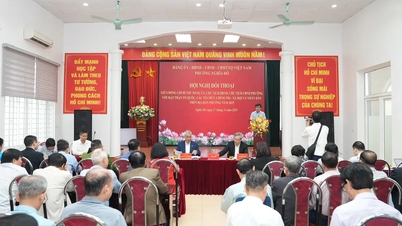
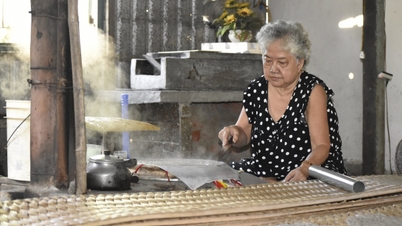


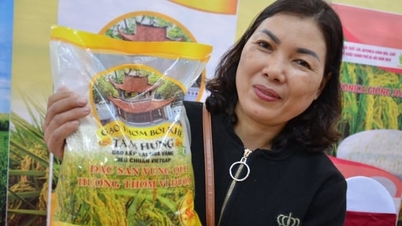

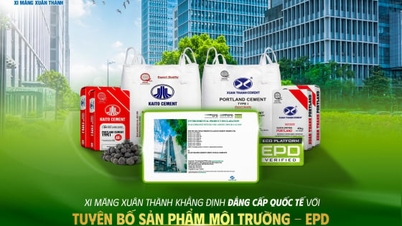
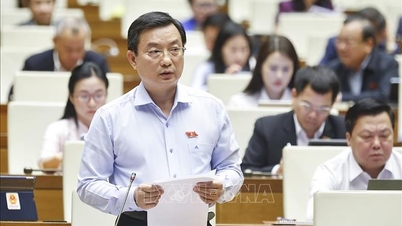





Comment (0)